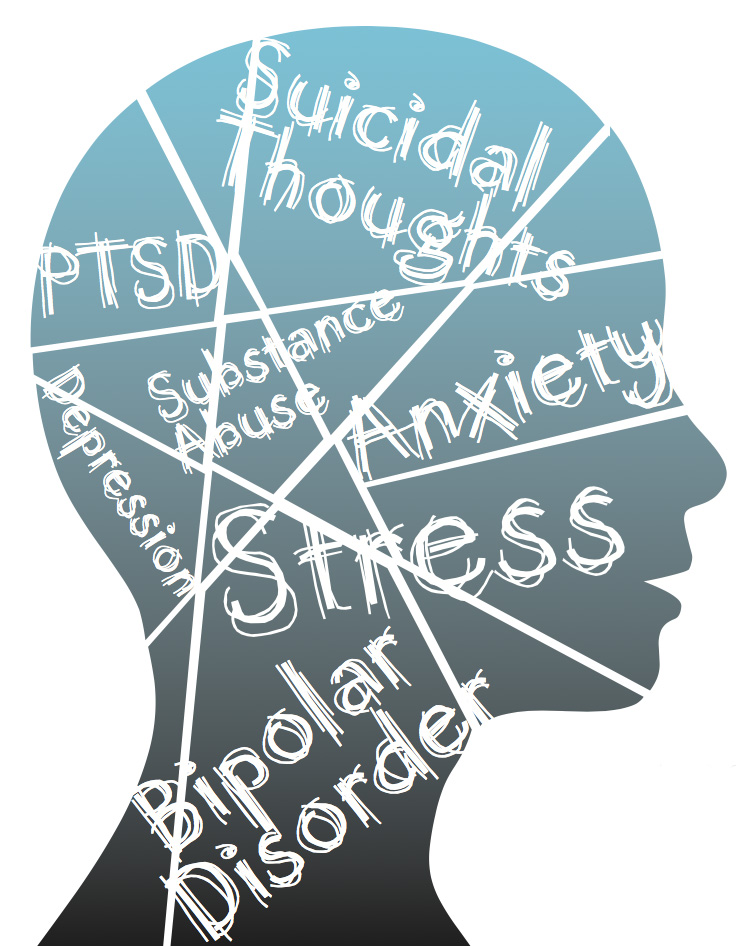Mental Health Matters

https://www.sydney.edu.au/news-opinion/news/2017/09/29/mental-health-5-ways-to-learn-more.html
Mental Health is important everywhere. Mental Health involves ones emotional, psychological, and social well-being. So many families and individuals are impacted with mental health problems. It is so important to talk about mental health disorders because so many people experience them. According to NAMI, "1 in 5 U.S. adults experience mental illness each year, 1 in 20 U.S. adults experience serious mental illness each year, 1 in 6 U.S. youth aged 6-17 experience a mental health disorder each year". (NAMI). As future educators, it is important to be able to understand your students, and let them know you care. Many students live with mental health disorders and it can cause issues with your learning. Distractions, low motivation, fear, and so much more. There is a wide variety of different mental health disorders, however they each deserve the same attention. The internal battle one feels with themselves when having a mental disorder is horrible. "Anxiety feels no different if you're being chased by a lion or you have to go to school." (Cardoza, 2016).

As teachers, our main job is keeping the students safe and happy. Being able to understand and have your students communicate with you is something I want my classroom to look like. School can be challenging at times and so can life, and it is important to me that my students will be able to come to me if they need me. I love what Amanda Aiken said about how she would greet her kids outside everyday with a handshake or hug. (Anderson, 2016). This is so good to do with young kids, because we don't know what their life is like outside of school, it may be the only hug and "good morning!" they get. With that, it is also very important to focus on your students to see if there may be any signs of mental health.
A quote from the Mental Health in Schools presentation says, "Kids who suffer from mental health disorders … inevitably miss out on opportunities for learning and building relationships."(Nadworny, 2016). Finding that a child may be struggling, it is our job to get that the help they deserve. Teachers may not have the training to handle mental illnesses (Anderson, 2016), but noticing and communicating with parents is what we can do. Teachers spend almost all day everyday with their students so they will be able to notice if any of their moods change or seem sluggish or not themselves.
References
Anderson, M. (2016). Here's how schools can support students' mental health. NPREd. https://www.npr.org/sections/ed/2016/09/20/459843929/heres-how-schools-can-support-students-mental-health
Cardoza, K. (2016). For kids, anxiety about school can feel like 'being chased by a lion'. NPREd. https://www.npr.org/sections/ed/2016/09/13/478834629/for-kids-anxiety-about-school-can-feel-like-being-chased-by-a-lion
Conditions. (n.d.). National Alliance on Mental Health. https://www.nami.org/About-Mental-Illness/Mental-Health-Conditions
Nadworny, E. & Drummond, S. (2016). A silent epidemic. National Public Radio. https://apps.npr.org/mental-health/

Comments
Post a Comment